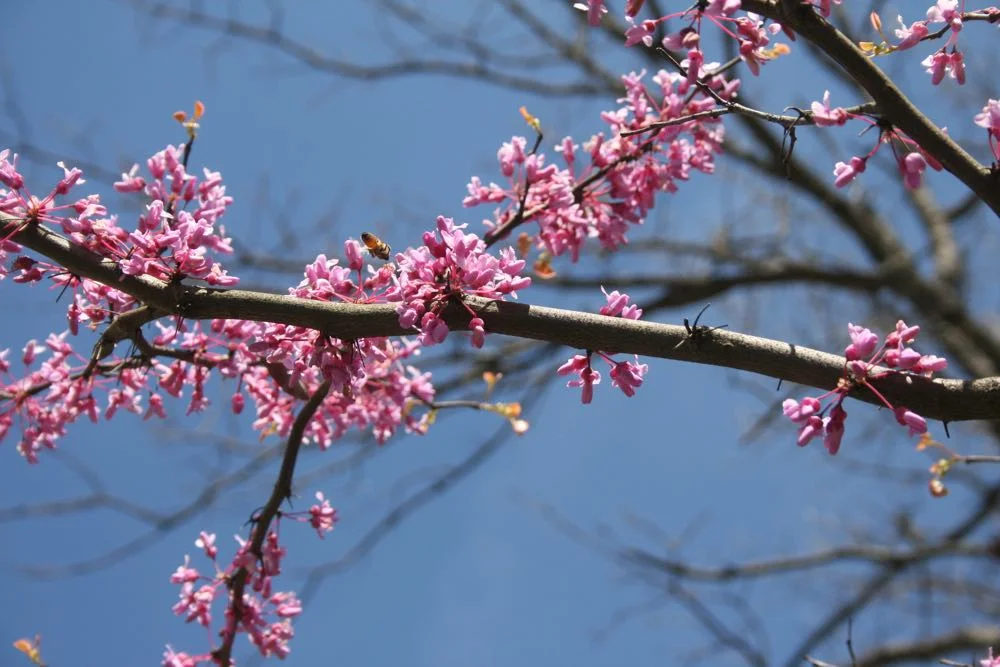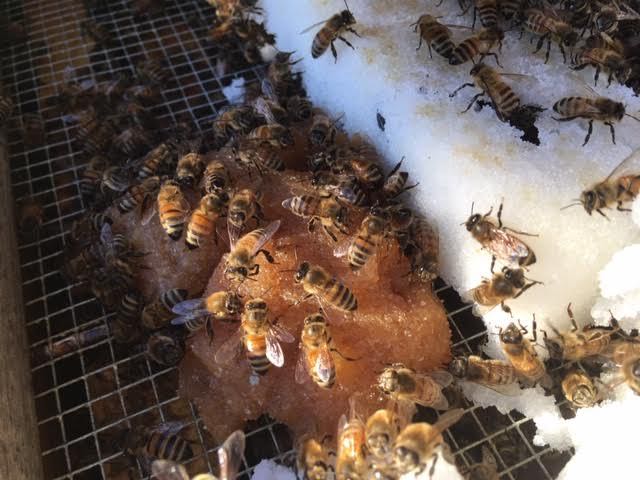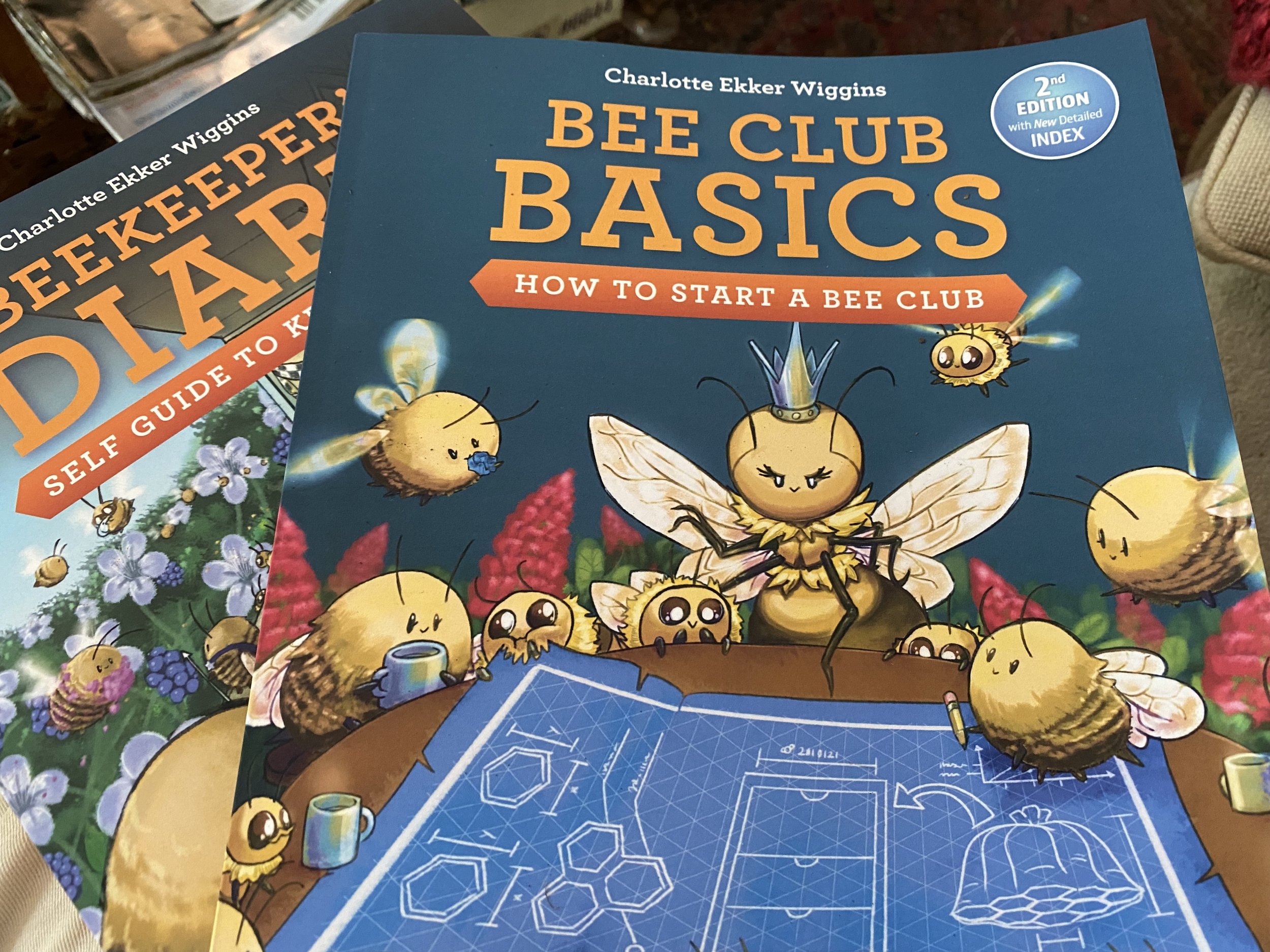Seeds for Bees
/I often get asked what people can plant in their gardens to help bees. Here are my first three recommendations:
North American Wildflower mix
Bachelor Buttons
Sunflowers
These three seed packets are my top recommendations for planting for bees.
Wildflower Mix
The wildflower mix will be the hardest to manage because some plants will sprout later or maybe take a year to establish themselves.
When planting a wildflower mix, plant in an area you can set aside and observe since the flowers may show up at different times of the year. That is one of the ways you can help pollinators, making sure they have something offering them pollen continuously through the growing season.
Bachelor Buttons
To that end, bachelor buttons provide a nice pollen source through summer and into fall. Once established, bachelor buttons will self-seed and spread so give them room.
Sunflowers
Sunflowers, if planted early enough, will provide pollen from summer through fall, which includes the dreaded Missouri August dearth. When temperatures reach more than 90F for a week or more, plants stop producing pollen leaving bee colonies at their highest population numbers bereft of a food source.
There are other seeds you can plant to help bees, these happen to be the ones I recommend to someone just starting out.
Have you tried to grow these? How did you do?
Charlotte
















